
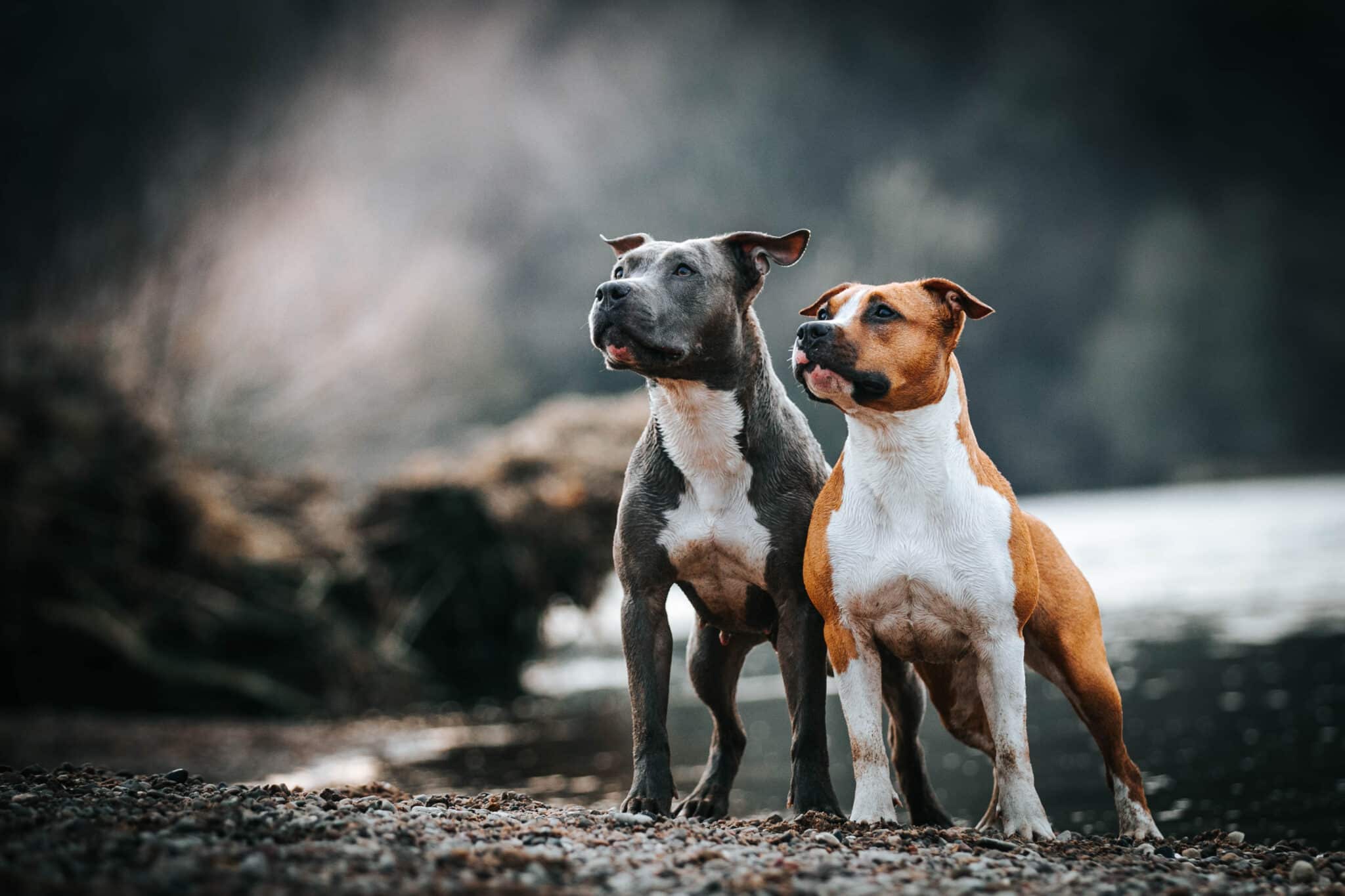 Shutterstock
Shutterstock
Not every dog is built to handle cold weather; some breeds struggle when the temperature drops. Whether it’s due to their small size, thin coats, or general dislike of chilly winds, these dogs are not fans of winter. Instead of enjoying snowy walks, they often prefer to stay warm and cozy indoors. For owners of these cold-averse breeds, understanding how to keep them safe and comfortable during winter is essential to ensuring their well-being and happiness when the weather turns frosty.
Italian Greyhound
 Shutterstock
Shutterstock
With its thin skin and slender frame, the sleek and elegant Italian Greyhound doesn’t cope well with the cold. This breed was built for sunbathing in the Mediterranean rather than braving snowy paths. Italian Greyhounds have minimal body fat and short coats, making them extremely sensitive to low temperatures. During winter, bundling them up in cozy coats is crucial, as they prefer lounging on warm blankets rather than frolicking in the frost.
Chihuahua
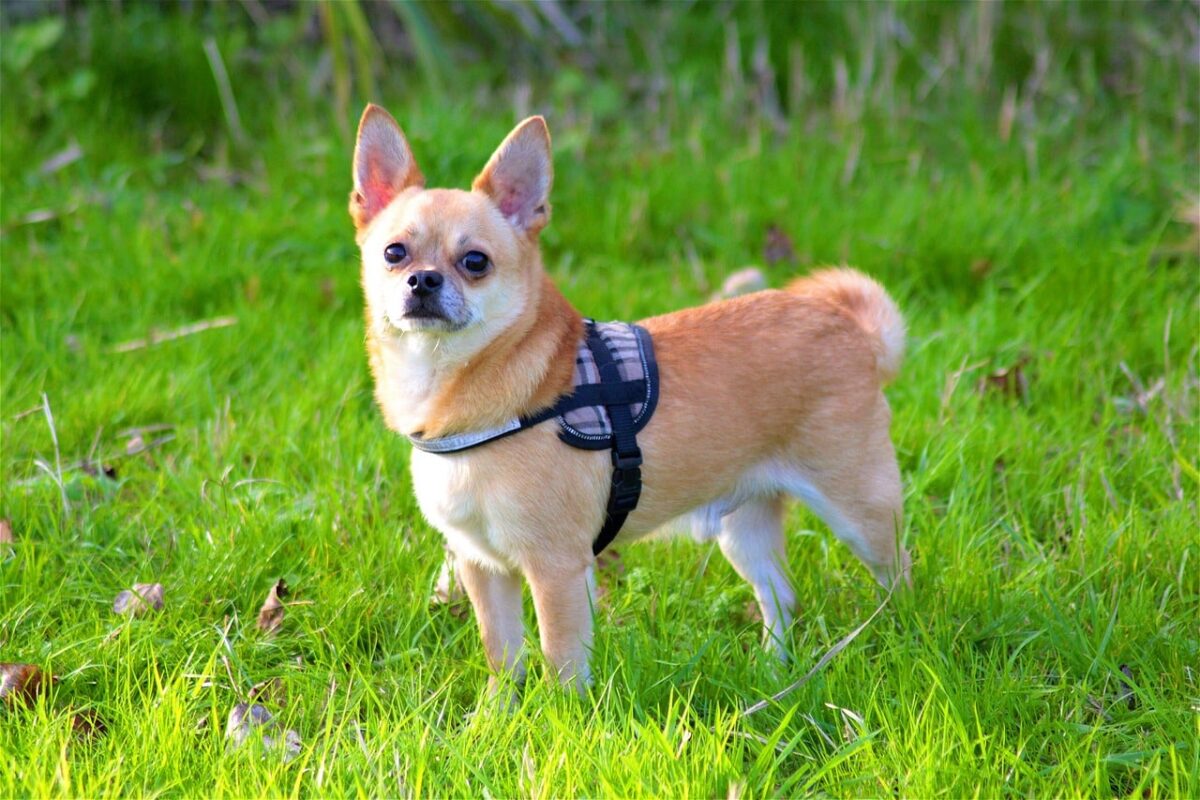 Shutterstock
Shutterstock
Tiny and sassy, the Chihuahua is another breed that struggles when temperatures drop. Hailing from warm climates, these pint-sized pups don’t have the thick fur to ward off the cold. While they may be feisty in personality, their small bodies lose heat quickly, and they often tremble when exposed to chilly air. Chihuahuas appreciate cozy sweaters and heated beds to keep them snug through the winter.
Dachshund
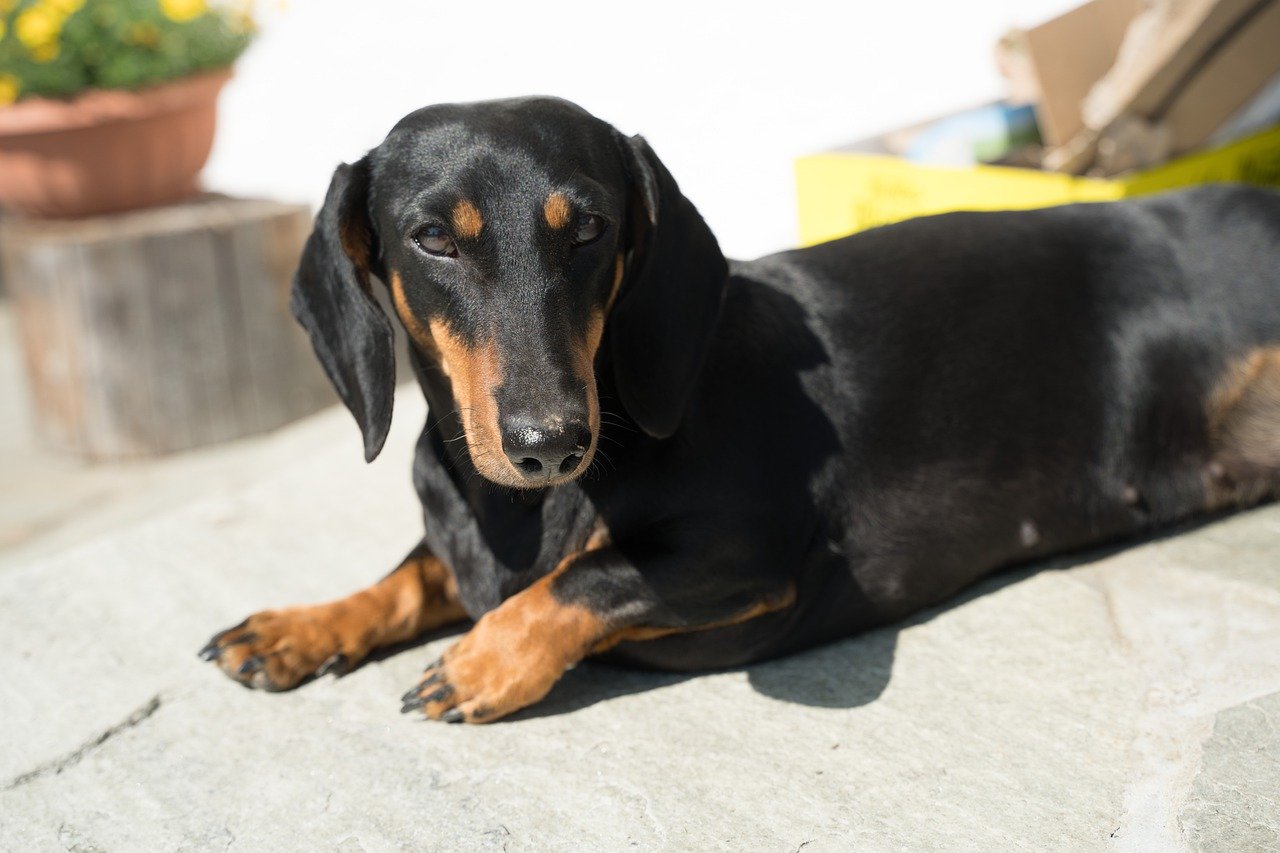 Shutterstock
Shutterstock
With their short legs and long bodies, Dachshunds aren’t big snow fans either. Their bellies are low to the ground, meaning they get cold quickly when walking through the snow. Not only that, but their short coats offer little protection against frigid temperatures. Winter outings can be a drag for Dachshunds unless they’re properly bundled up. Most prefer quick trips outdoors and then heading back inside for a snuggle under blankets.
Chinese Crested
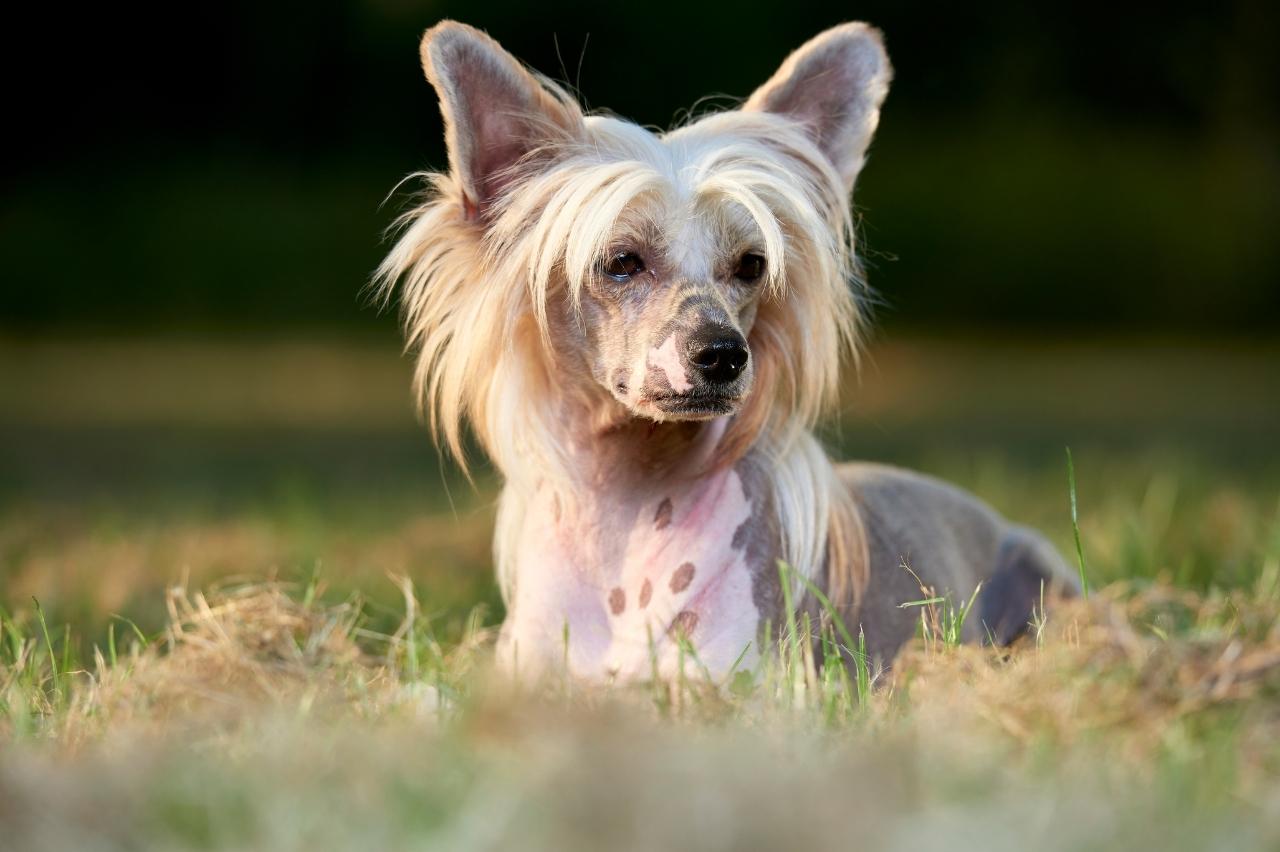 Shutterstock
Shutterstock
As a mostly hairless breed, the Chinese Crested has no natural protection against the cold. This breed is better suited for warm climates and indoor comfort than snowy adventures. While the Chinese Crested might enjoy being a fashion icon with all their fancy winter attire, they need extra protection during the colder months. For these dogs, heated beds and cozy jackets are non-negotiables.
Whippet
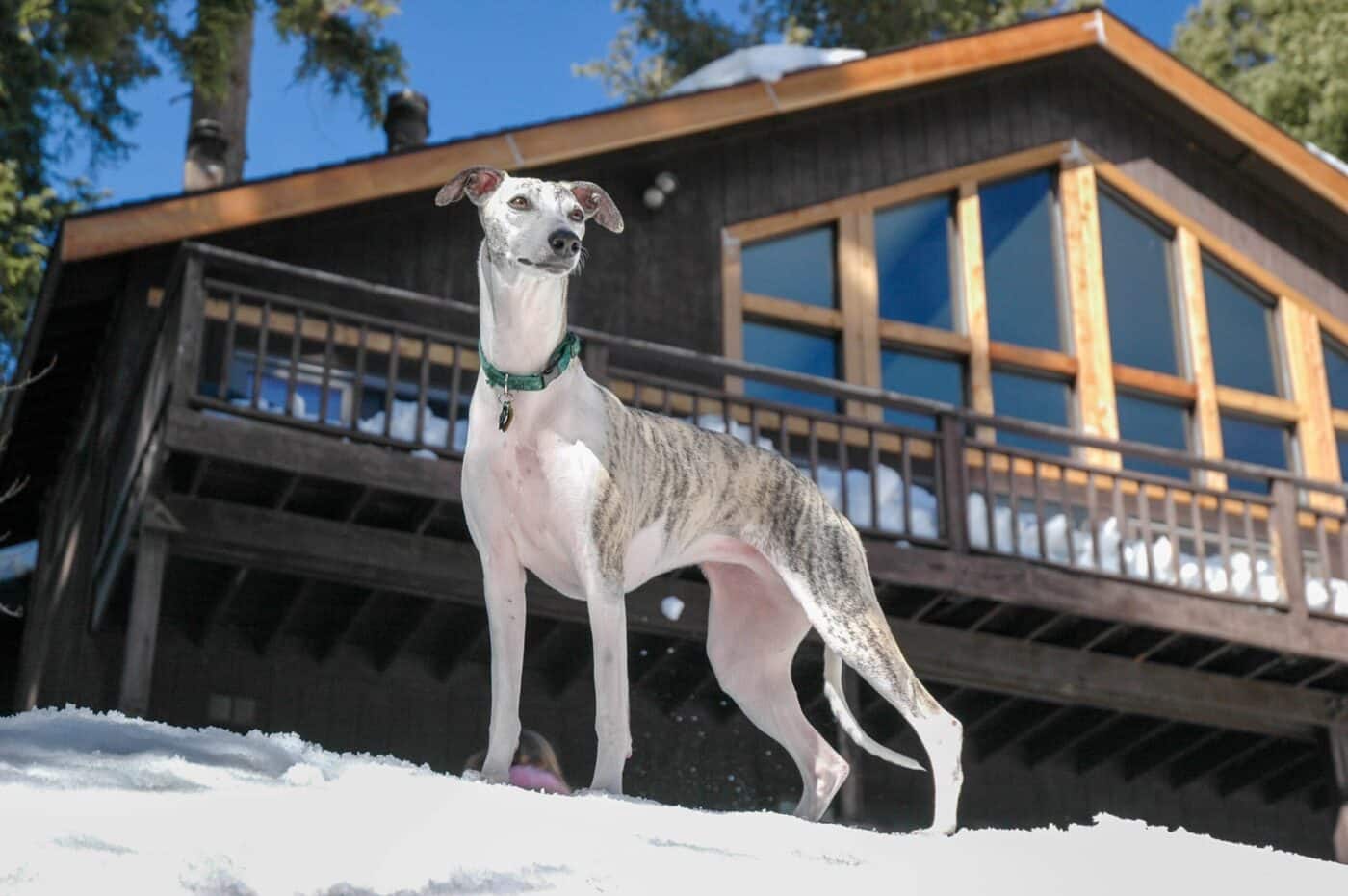 Shutterstock
Shutterstock
Like the Greyhound, Whippets have lean bodies and very little body fat, making wintertime a challenge. While speedy and athletic, Whippets prefer to dash indoors rather than brave freezing temperatures. Their short coats do little to protect them from the cold, and without proper winter gear, Whippets can become uncomfortable or unwell in cold weather.
French Bulldog
 Shutterstock
Shutterstock
The French Bulldog’s compact, muscular build and short coat leave them vulnerable in cold conditions. Despite their playful personalities, Frenchies struggle to maintain their body heat in the winter. They’re prone to breathing issues, and the cold air can exacerbate those problems. French Bulldogs enjoy short bursts of winter play but prefer curling up next to a heater for the rest of the day.
Boston Terrier
 Shutterstock
Shutterstock
Another short-coated breed that dislikes the cold, the Boston Terrier is not equipped for extended time outdoors during winter. Their thin fur and small stature make them susceptible to the chill, and they often require sweaters and boots for even brief outdoor excursions. Boston Terriers are known for their energetic personalities, but they’re more likely to be found snuggled up inside in the winter.
Pug
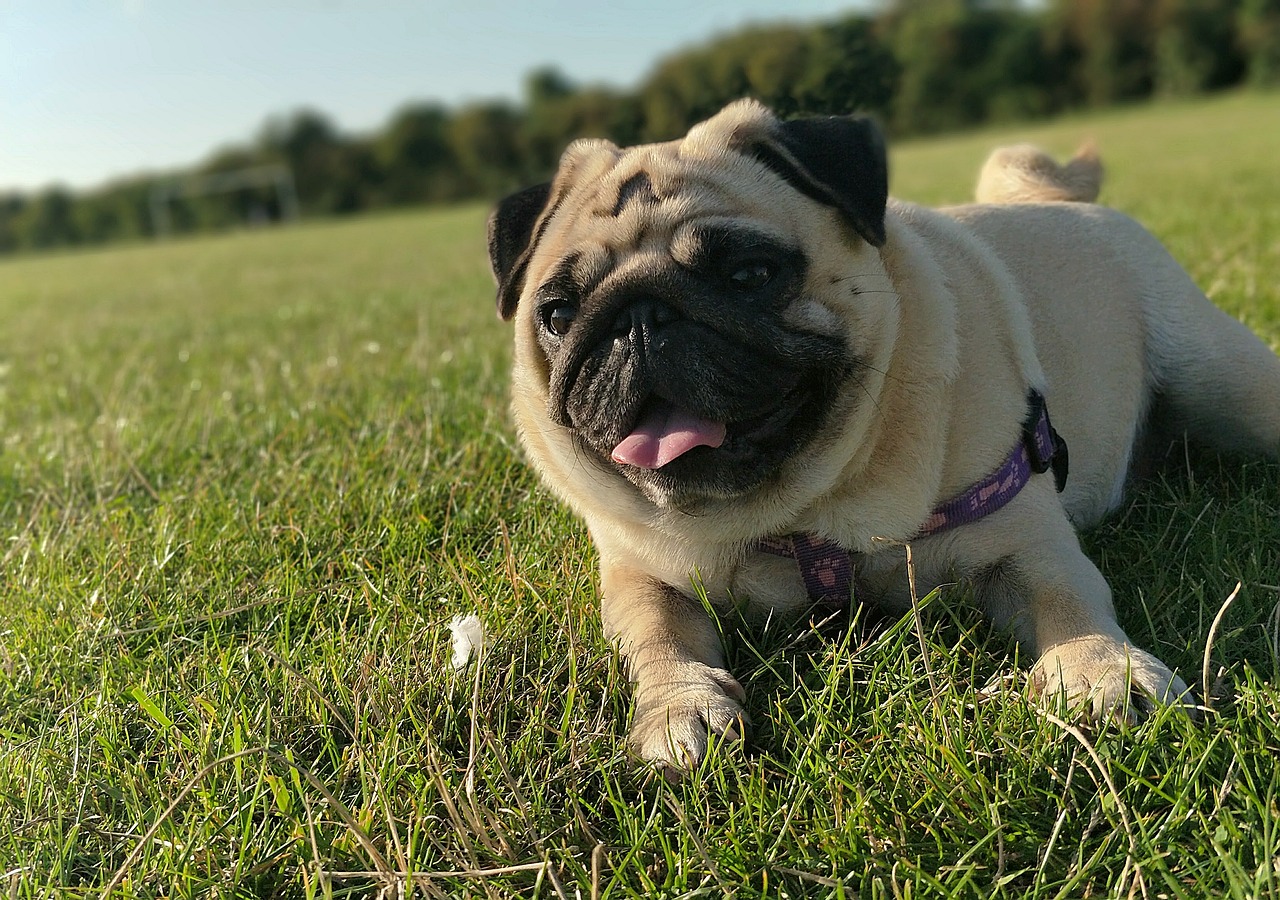 Shutterstock
Shutterstock
The adorable, wrinkly Pug is not built for harsh winter climates. Their short noses can make breathing in cold air difficult, and their double coat, while warm, is not thick enough to keep them protected in freezing temperatures. Pugs love to play, but when winter comes, they would much rather stay inside where it’s warm, taking advantage of heated blankets and cozy laps.
Greyhound
 Shutterstock
Shutterstock
Like their Italian cousins, the larger Greyhound also struggles with winter weather. Their thin bodies and short coats offer little resistance to the cold, making them one of the least winter-friendly dog breeds. Despite their love of sprinting, Greyhounds are likelier to race indoors to avoid the cold rather than enjoy a long winter run. Greyhounds need extra layers to stay warm and are happier lounging in heated spaces.
Chinese Shar-Pei
 Shutterstock
Shutterstock
The wrinkly, loose-skinned Shar-Pei might look like they have plenty of insulation, but their short coats don’t provide adequate warmth in the cold. This breed isn’t naturally suited for low temperatures and prefers warmer climates. While they may enjoy brief outdoor time, Shar-Peis are more likely to be found lounging indoors, avoiding snow and ice with their distinctively grumpy expressions.
Miniature Pinscher
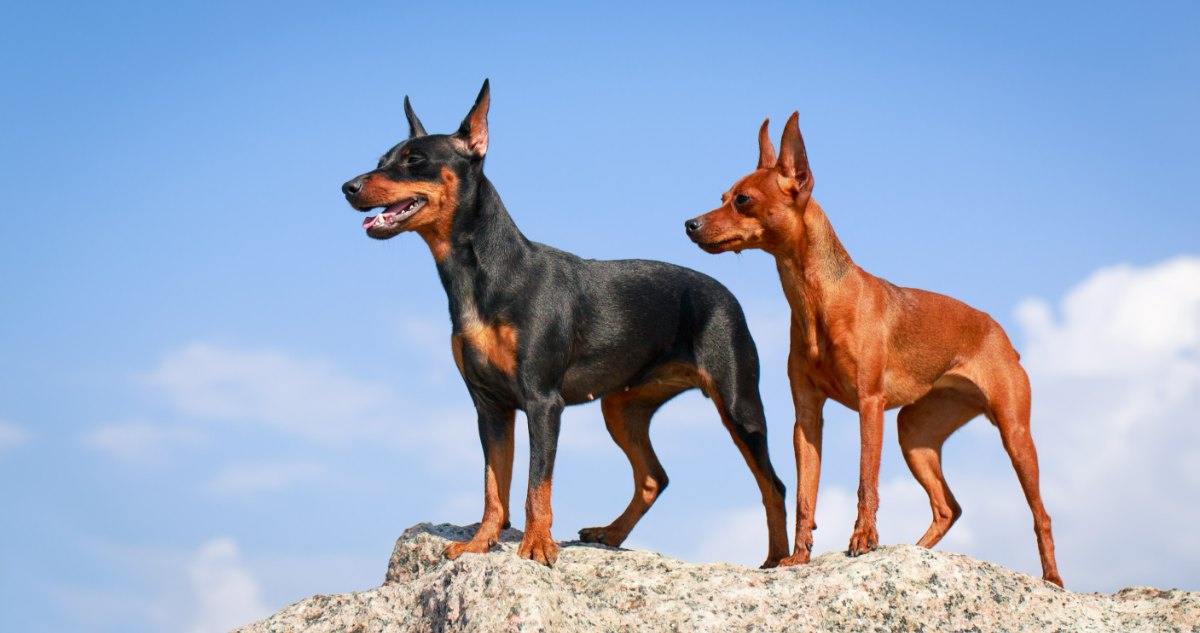 Shutterstock
Shutterstock
Don’t let their fearless nature fool you—Miniature Pinschers are not made for cold weather. Their sleek, short coats expose them to freezing temperatures, making wintertime an uncomfortable experience for these little dogs. Miniature Pinschers often need jackets and boots to brave the outdoors during the colder months. When it’s chilly, they prefer a warm lap or a cozy bed to venture out into the cold.
Rat Terrier
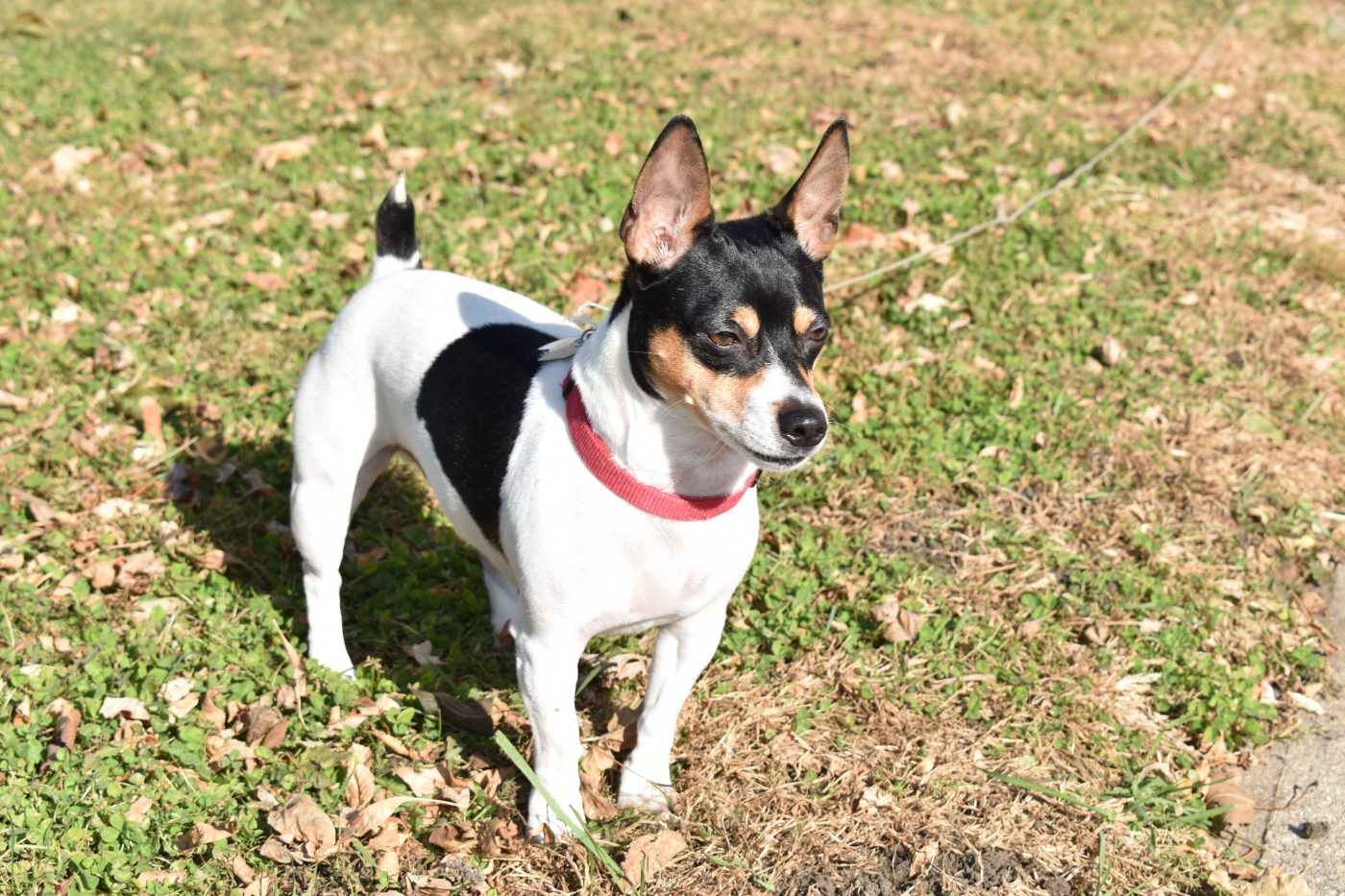 Shutterstock
Shutterstock
Despite their energetic nature, Rat Terriers are not well-suited to the cold. With their short, sleek coats and small frames, they quickly feel the effects of lower temperatures. These dogs are lively and love to play, but they’d rather enjoy indoor activities when it’s freezing outside. Rat Terriers need sweaters and protective gear for winter walks and benefit from shorter, more frequent outings rather than extended trips in the cold.
Basenji
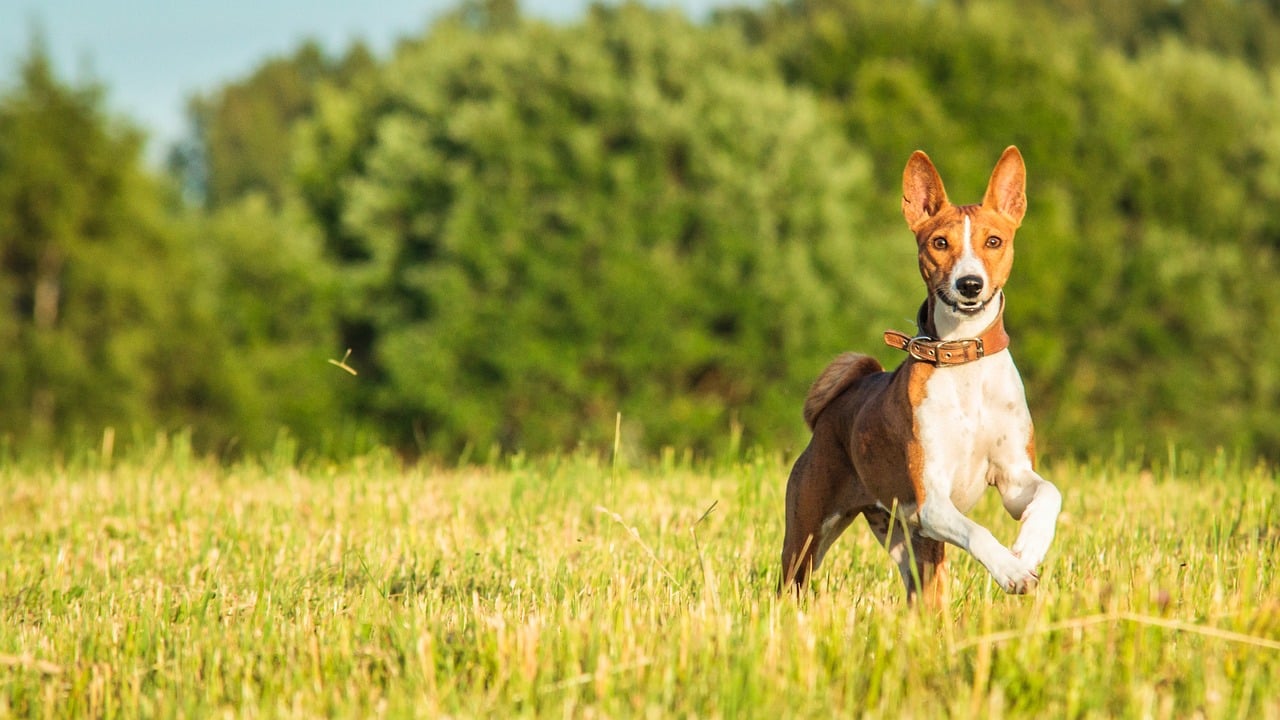 Shutterstock
Shutterstock
The Basenji, often called the “barkless dog,” isn’t a fan of the winter months either. Known for their short coats and lean frames, these dogs were bred for warmer climates. Cold weather can make them shiver, making them reluctant to go outside for walks. Basenjis enjoy staying warm and prefer indoor exercise or snuggling during winter.
Chihuahua-Terrier Mixes
 Shutterstock
Shutterstock
Small Chihuahua mixes with terriers can inherit the cold-averse traits from both parent breeds. Whether it’s due to their small size or short coats, these mixed breeds are often uncomfortable in freezing temperatures. These spunky dogs benefit from layering up in cold-weather gear and may prefer brief outdoor trips before returning to the warmth of home.
Staffordshire Bull Terrier
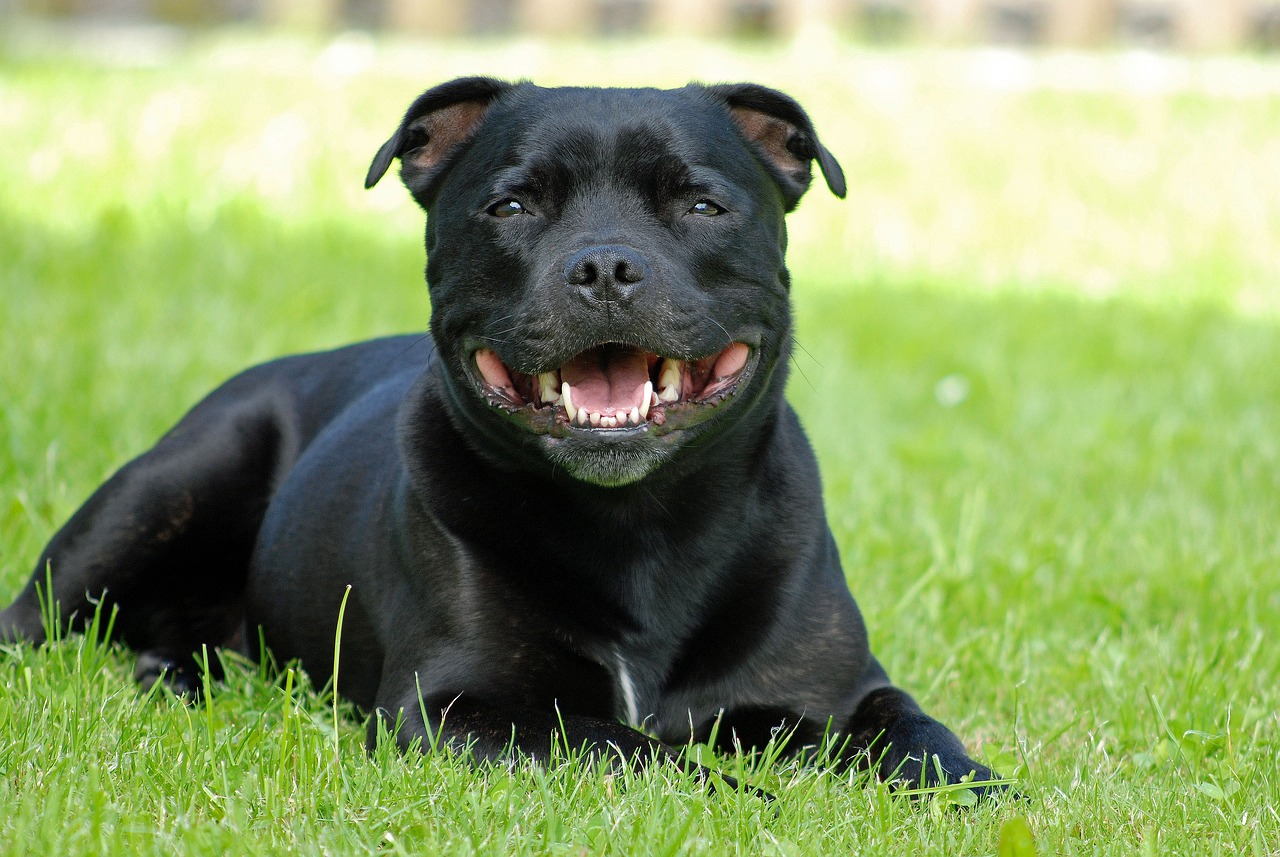 Shutterstock
Shutterstock
Though muscular and tough-looking, Staffordshire Bull Terriers struggle with cold weather due to their short, single coats. These affectionate dogs enjoy being active, but winter can be challenging without proper protection. Owners should dress their Staffordshire Bull Terriers in warm coats during the colder months and be mindful of their comfort levels when it’s particularly chilly outside.
The Snowy Struggle Is Real for These Pups
 Shutterstock
Shutterstock
While these breeds may not be fans of winter, it doesn’t mean their love for you is any less—they prefer to keep their paws dry and stay warm indoors. From the Italian Greyhound to the Staffordshire Bull Terrier, each breed has its own unique way of showing that snow and cold weather aren’t their favorite. By keeping them cozy with jackets and warmth, you can help them brave the winter months, and who knows, maybe you’ll even convince them that winter walks aren’t so bad after all!

